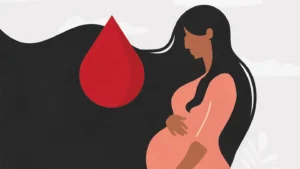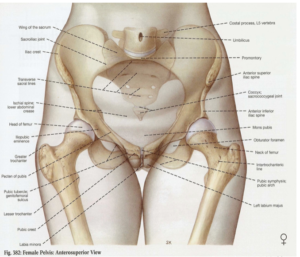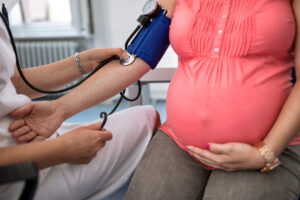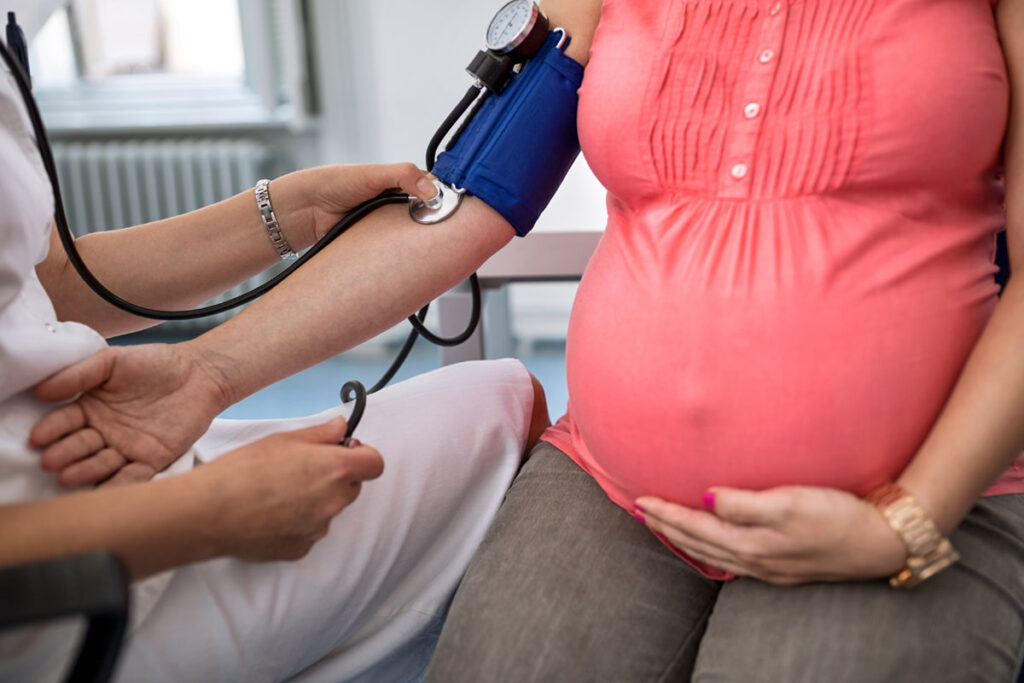
The journey of pregnancy is often imagined as a time of joy, anticipation, and radiant health. Yet for many expectant mothers, this path includes unexpected challenges, particularly when words like “hypertension” or “preeclampsia” enter the conversation. These moments can transform a routine prenatal visit into a crossroads of uncertainty and concern.
What is Hypertensive Disorders in Pregnancy
It is a term used for all hypertensive conditions occuring during pregnancy. These conditions include chronic hypertension, gestational hypertension, and pregnancy induced hypertension i.e preeclampsia and eclampsia. Hypertensive disorders affect approximately 10% of pregnancies worldwide, making them among the most common complications expectant mothers and child face. Yet despite their prevalence, they often remain misunderstood and sometimes detected too late.
Categories of hypertension
- Mild Hypertension: Systolic readings between 140-149 mmHg and diastolic measurements between 90-99 mmHg
- Moderate Hypertension: Systolic readings between 150-159 mmHg and diastolic measurements between 100-109 mmHg
- Severe Hypertension: Systolic readings of 160 mmHg or higher and diastolic measurements of 110 mmHg or higher
Classifications of Hypertensive Disorders in Pregnancy
These disorders exist on a spectrum:
1. Chronic (Essential) Hypertension
High blood pressure (above 140/90 mmHg) that starts before pregnancy or before 20 weeks. It increases the risk of problems like preeclampsia, early delivery, organ damage, placental abruptio, sub-arachnoid haemorrhage, and stillbirth.
2. Gestational Hypertension
High blood pressure that develops after 20 weeks of pregnancy in women with no prior history of hypertension and no protein in the urine. It can lead to complications like fluid in the lungs (pulmonary edema), organ damage, blood clot issues (disseminated intramuscular coagulopathy), and risk of death for both mother and baby.
3. Preeclampsia
High blood pressure after 20 weeks, along with protein in the urine or signs of organ damage. It’s more common in very young or older pregnant women (women < 20 years and women >35 years ) and has serious health risks. It’s the third leading cause of maternal death worldwide after haemorrhage and embolism.
4. Eclampsia
A severe form of preeclampsia that causes seizures due to dangerously high blood pressure. It’s a medical emergency and it occurs when pre -eclampsia is left untreated.
5. Chronic Hypertension with Superimposed Preeclampsia
When a woman with existing high blood pressure develops signs of preeclampsia (like protein in the urine) during pregnancy. This condition is especially difficult to manage.
Early Warning signs every pregnant woman should know:
- Persistent headaches that don’t improve with rest or medication
- Visual changes, including blurred vision or seeing spots
- Upper abdominal pain, particularly under the ribs
- Sudden swelling of the face or hands
- Reduced urination
- Shortness of breath
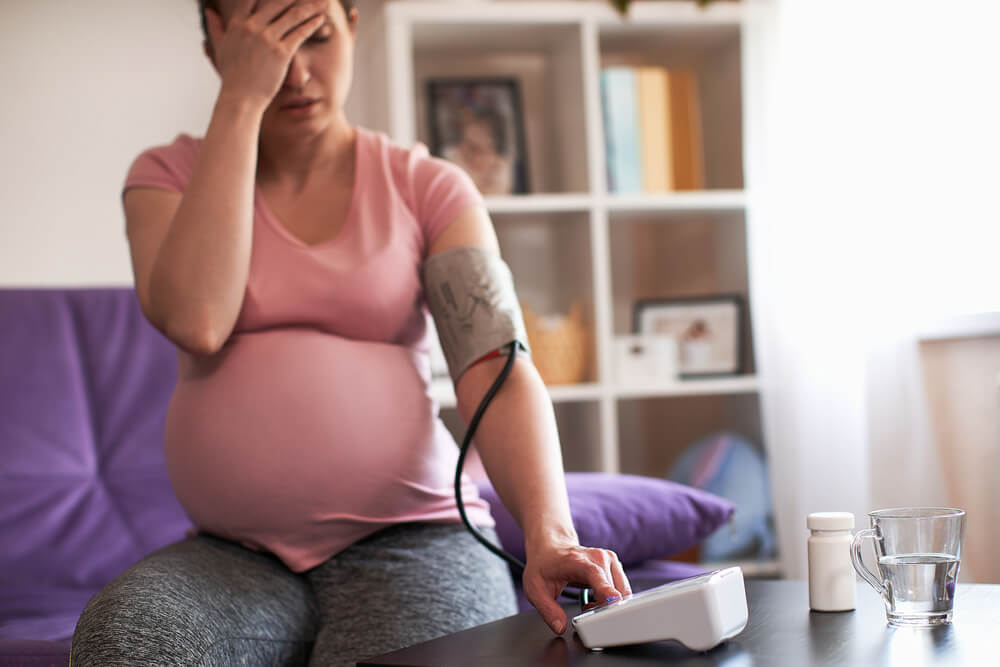
Management of hypertensive disorders in pregnancy
Healthcare providers have impressive tools to manage these conditions:
- Regular monitoring through blood pressure checks and urine tests
- Blood tests to assess organ function and platelet levels
- Ultrasounds to monitor fetal growth and well-being
- Medications that safely control blood pressure during pregnancy e.g labetalol and magnesium sulphate
- Timing delivery to balance maternal health with fetal maturity
Beyond the Diagnosis
When faced with a hypertension diagnosis during pregnancy, many women experience a complicated mix of emotions—fear for their baby, guilt that their body isn’t “performing” as expected, and anxiety about what lies ahead.
An important truth that every pregnant woman should know: hypertensive disorders don’t define a pregnancy or anyone’s worth as a mother. They are medical conditions that require attention and care, not personal failures.
More detailed explanation on each classification of hypertensive disorders of pregnancy will be discussed in subsequent articles.

